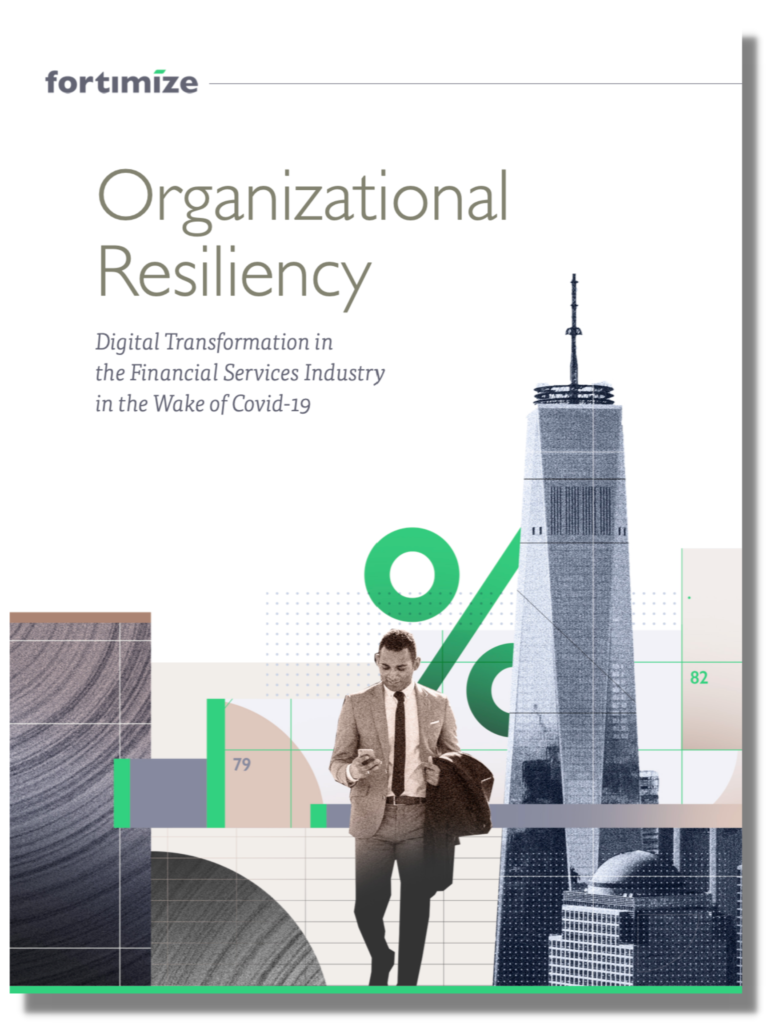On the most basic level, banking has always been about meeting human needs. Revenue is what makes it a commercial enterprise, but people are the reason banks exist—which is why banks’ entire business mission is built around acquiring, retaining and finding more ways to serve customers.
The only way to do that successfully is to know what customers need and care about. As more banks adopt a digital model, it’s easy to assume this will only get harder; that personal customer relationships will become obsolete as digital services take over.
But it’s actually the opposite. The unmatched amounts of data generated by digital banking touchpoints can tell banks more about their customers than they’ve ever known before. But to harness its value, banks need to stop looking at data as a byproduct of the business cycle—and start managing it as a business asset.
Data as a Raw Material
While many community banks and credit unions embrace this notion in theory, actually putting it into practice is a significant opportunity for the sector as a whole. To approach it more tangibly, banks who aspire to treat data as an asset should view it as an essential resource—much like how the manufacturing industry uses raw materials.
Consider the role of a raw material in a manufacturing context: it’s an asset that is sourced, harvested, refined, and used to produce a finished product. It needs to be measured and managed conscientiously, and it has material value that translates to benefit to the customer.
In essence, data is a bank’s raw material. Only instead of manufactured goods, the finished product is a better banking experience—in the form of stronger security, enhanced product offerings, personalized customer service, higher efficiency, lower costs, and a wealth of other benefits to both the business and customer.
The “Data-First” banks who embrace this model will ultimately succeed in becoming customer-first banks who delight customers and succeed in the digital economy.
Implications and Considerations
Because data has material value, it needs to be stewarded appropriately at every point in its use cycle. Data-First banks must create governance around their data to ensure it’s accessible and protected, but also usable and accurate. This means ensuring data is normalized and quality controlled so it can produce useful information that creates more business value.
Additionally, Data-First banks should have a way of meticulously tracking their data assets. Unlike in the manufacturing process, where each touchpoint enhances the value of the raw material toward a final product, banking data can either gain or lose value whenever it’s touched. Each time a data asset is handled– even if it’s used to derive value—there’s a potential for its quality or security to be compromised. For this reason, just like any other valuable asset that changes hands, data should be subject to a well-documented chain of custody.
A bank’s failure to properly manage its data assets can lead to misguided business intelligence, as well as fragmented and inaccurate customer experiences. In turn, this could cause banks to lose customers’ trust—and ultimately, to lose the customers themselves.
Succeeding as a Human-Centric Digital Business
If banks don’t give data a strategic priority in their business, they face massive opportunity costs in acquiring, retaining and expanding relationships with their customers. To truly succeed as a human-centric business in a digital economy, banks need to change the role of data in their organization. This means no longer treating data as merely a business output—but stewarding it as a precious asset with meaningful and measurable business value.
Continue reading our next blog in this series – Milestones to Meet on Your Data First Journey.
